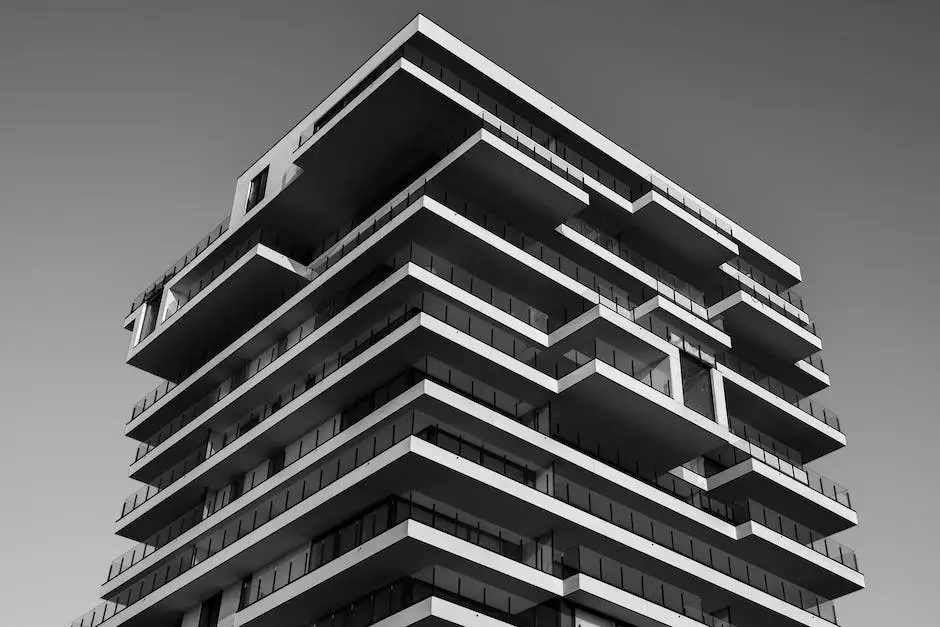
Imagine strolling through the verdant splendor of Turin’s parks, where the whispers of the past meet the innovation of the present. The city’s architecture, a silent narrator of history, tells a tale of transformation that has unfolded over centuries. As a lover of travel and an aficionado of urban landscapes, I’ve been captivated by the evolution of Turin’s architectural wonders. Let’s embark on a journey through time, exploring how this Italian gem has sculpted its skyline from the roots of antiquity to the blossoms of modernity.
The Foundations: Roman and Medieval Turin
Turin’s architectural journey begins with its Roman roots, visible in the remnants of ancient walls and Gates like the Palatine Towers. These stoic structures are a testament to the city’s strategic importance. As we meander through the Middle Ages, the city’s fabric becomes a tapestry of religious and feudal significance. The Cathedral of Saint John the Baptist, housing the enigmatic Shroud of Turin, stands as a beacon of Gothic artistry, its spires reaching towards the heavens.
Baroque Brilliance and the Savoy Stamp
The Baroque period saw Turin transform under the House of Savoy. Grandiose palaces and piazzas, such as Palazzo Madama and Piazza San Carlo, emerged, showcasing opulent facades and intricate stucco work. The Valentino Park, with its majestic castle, became a playground for the aristocracy, blending natural beauty with architectural finesse.
Industrial Innovation and Art Nouveau
As the 19th century rolled in, so did industrialization, reshaping Turin’s skyline with factories and workers’ quarters. Yet, amidst the smokestacks, the Art Nouveau movement blossomed. The Casa Fenoglio-Lafleur is a jewel of this era, its floral motifs and sinuous lines a stark contrast to the rigid geometry of industrial edifices.
Modern Movements: Fascism to Contemporary
The 20th century brought with it the heavy hand of Fascism, leaving behind imposing buildings like the Torre Littoria, symbols of power and control. But as the century progressed, Turin embraced modernity and innovation. The city’s architectural narrative took a turn towards sleek lines and functional design, epitomized by the work of architects like Carlo Mollino and Renzo Piano.
Green Spaces and Urban Renewal
Today, Turin’s parks are a testament to the city’s commitment to green spaces amidst urban sprawl. Parco Dora, once an industrial wasteland, now stands as a symbol of urban renewal, its design harmoniously integrating remnants of its industrial past with contemporary landscapes.
FAQs
- What is the significance of Turin’s Roman architecture?
Turin’s Roman architecture marks the city’s origins and strategic importance in ancient times, with structures like the Palatine Towers serving as historical landmarks. - How did the House of Savoy influence Turin’s architecture?
The House of Savoy left an indelible mark on Turin’s architecture, commissioning grand palaces and piazzas that reflected their power and taste for Baroque opulence. - What role do Turin’s parks play in its architectural landscape?
Turin’s parks, such as Valentino Park and Parco Dora, play a crucial role in balancing urban development with natural spaces, reflecting the city’s evolution and commitment to sustainability.
Conclusion
Turin’s architectural evolution is a rich tapestry woven with threads of history, power, and innovation. From its Roman fortifications to the Baroque splendor of the Savoy dynasty, from the functional forms of industrialization to the sleek designs of modernity, the city’s skyline tells a story of transformation. The parks of Turin, once royal hunting grounds, now serve as green lungs and spaces of urban renewal, embodying the city’s resilience and adaptability. As we’ve journeyed through the epochs, it’s clear that Turin’s architecture is not just about buildings; it’s about the spirit of a city that has continually reinvented itself while honoring its past. Whether you’re a real estate investor, a homeowner, or simply a traveler with a keen eye for beauty, Turin’s architectural heritage is a testament to the city’s enduring allure and its promise of tomorrow.
In crafting this narrative, I’ve aimed to capture the essence of Turin’s architectural journey, ensuring that this article stands out as a unique and insightful exploration of the city’s built environment. By focusing on the interplay between historical significance and contemporary relevance, particularly in the context of Turin’s parks, I hope to have provided a comprehensive and engaging perspective that resonates with you, the reader, and satisfies your curiosity about this fascinating city.